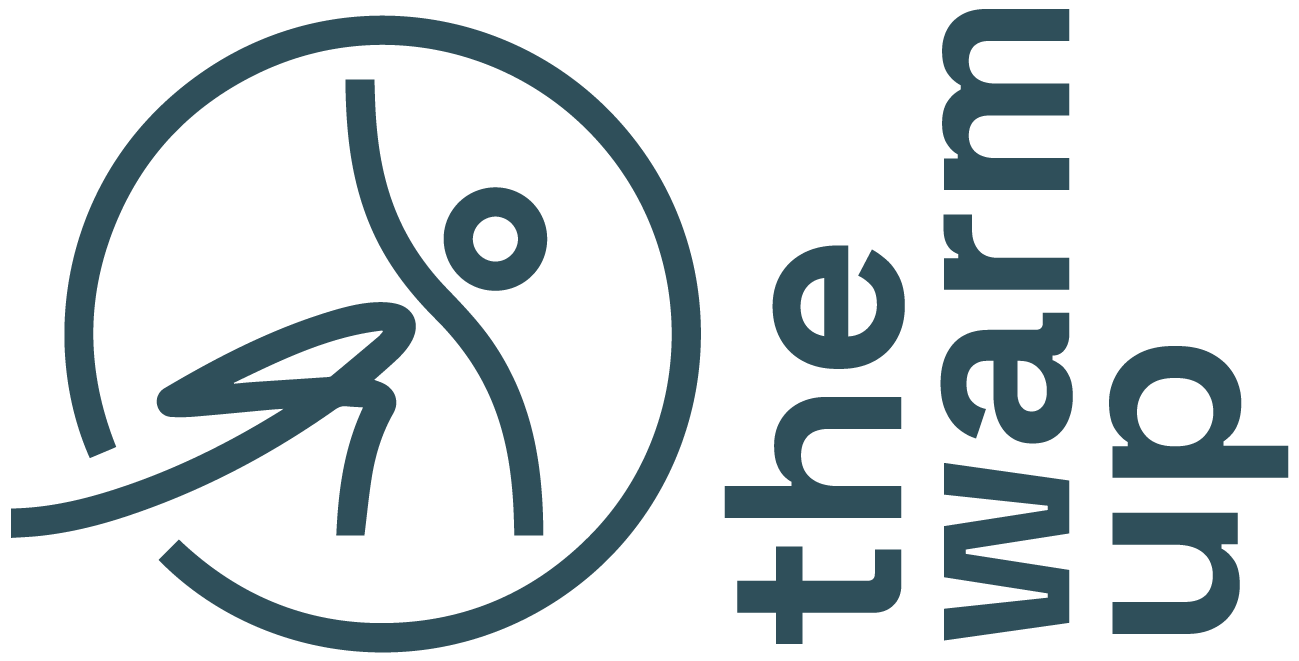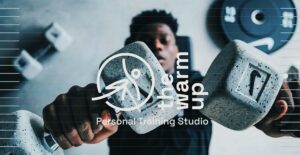How Learning the trumpet is making me a better Personal Trainer and Coach
When I first picked up the trumpet, I never expected it to teach me lessons beyond music. But as I’ve progressed in my journey, I’ve realised that learning an instrument has striking similarities to training the body. The way I approach my own trumpet practice has made me a better personal trainer and coach. Here’s why.
Finding the Right Teacher – A Lesson in Coaching
Before finding my current trumpet teacher, Vicente Olmos, an award-winning musician in classical music, I went through three different instructors. Each had a different approach, but none of them worked for me.
- One had me play full songs right away, an impossible task for a beginner who struggled to produce a single clear note.
- Another pushed me to attempt high notes, which even experienced trumpet players struggle with.
- The third lacked structure, throwing scales and exercises at me without a clear progression.
At first, I questioned myself: Am I just not good at this? But then I realised the issue wasn’t with me, it was with the way I was being taught. And that’s when it hit me: this is exactly what happens in fitness and coaching.
Starting Where You Are, Not Where You Want to Be
As a personal trainer, I know that every client must start from their current level, not from where they want to be. My job is to assess their abilities, identify weaknesses, and build them up step by step. Yet, with the trumpet, I was being thrown into the deep end without any foundation.
True progress, whether in music, fitness, or any skill comes from:
Mastering the basics first – Breath control, tone, and embouchure in trumpet; movement patterns, stability, and technique in fitness.
Repetition, repetition, repetition – Building muscle memory in playing notes or executing exercises.
Developing strength and stamina – Just like my embouchure gets stronger from practice, the body adapts and grows through training.
Progressing gradually – You don’t start with complex jazz improvisation or heavy deadlifts. You work your way up.
Most of the exercises I practice on the trumpet are tedious. If I didn’t understand their purpose, I would have quit a long time ago. But I know where they’re taking me. Patience, consistency, and structured progression are key.
The Parallels Between Music and Fitness Training
Many people walk into the gym expecting immediate results. They want the “fancy” stuff, advanced lifts, high-intensity workouts, or drastic transformations. But just like playing a song flawlessly on the trumpet, reaching your fitness goals requires groundwork.
In personal training, many of the foundational exercises I give my clients may seem boring. But they serve a purpose. If my clients don’t understand why we’re doing them, they’re more likely to feel frustrated. That’s why my role as a coach isn’t just about programming workouts, it’s about educating them also.
Fat Loss, Exercise, and The Trumpet?
Another realisation I had was around fat loss. Many people believe certain exercises burn fat more than others, this is a myth. Fat loss isn’t about specific exercises; it’s about overall calorie expenditure and nutrition.
To put it in perspective:
🎺 Playing the trumpet for an hour burns calories.
🏃♂️ Running burns calories.
🏋️♀️ Lifting weights burns calories.
🚶♂️ Walking burns calories.
The gym is not a place solely for weight loss, it’s a place to improve performance. If you want to lose fat, focus on your nutrition first. Exercise supports it, but no single movement will “burn fat” more than another.
Final Thoughts: Learning From Unexpected Places
If there’s one thing the trumpet has taught me, it’s this: improvement takes time, effort, and a structured approach.The same principles that apply to learning an instrument apply to fitness, coaching, and even life itself.
Start where you are, trust the process, and embrace the fundamentals.


